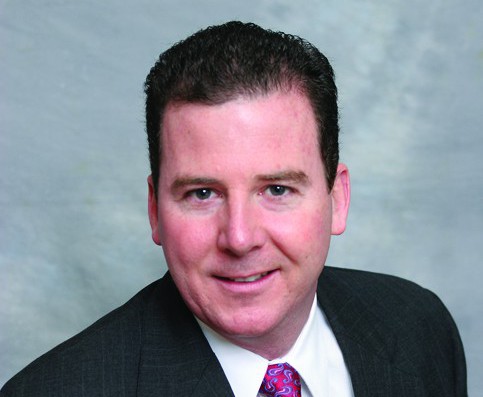Capital Opportunity: DC Assets Primed for Investment Influx
By Gerry Trainor, Executive Managing Director, Capital Markets, Transwestern: Here's what the D.C. metro's commercial real estate investment market will look like in this season of change.
By Gerry Trainor, Executive Managing Director, Capital Markets, Transwestern
 The nation’s capital is drawing international attention in recent weeks, and not just due to the recent presidential election.
The nation’s capital is drawing international attention in recent weeks, and not just due to the recent presidential election.
Institutional and foreign investors are singling out the Washington metro area as a standout market for commercial real estate investments in 2017. Indeed, international capital fueled seven of the last eight downtown office transactions there.
The D.C. area, along with the major gateway cities of New York and San Francisco, has long enjoyed favored status as the U.S. market with which international investors are most likely to be familiar. Yet Washington’s appeal has grown more compelling this year in relation to other markets, particularly against those that are further along in the real estate cycle.
Here are a few major trends contributing to the heightened investor interest:
Checks and balances. Nearly 10 years after the onset of the Great Recession, a number of U.S. markets have recovered lost ground on asset values and progressed through an expansion phase. Commercial rents in Boston, San Francisco and other investment favorites are in danger of overheating. Not so in Washington, where federal budget sequestration—or automatic cuts to government spending that began in 2011—dampened the local economy just as competing metros were shifting from recovery to growth mode.
Procurement spending turned a corner in 2015, and is expected to increase in areas such as defense outlays under the Trump administration, accelerating business activity. Today, D.C.’s rents are healthy rather than overheated, with strong potential to increase rents and property values in the coming years.
Government jobs and diversification. With government employment constituting 38 percent of the job base in the region, D.C. is positioned to outperform other domestic markets in the event of an economic slowdown or recession, which is predicted to occur in the 2017-to-2019 time frame. That’s why the D.C. metro area was No. 1 on many investors’ lists at the beginning of the last recession.
Added to that is the excellent quality of life and temperate weather that attract young, highly educated workers and are driving growth outside the government sphere. By 2025, forecasters expect the government share of area jobs will decline to only 30 percent, underscoring an increasingly diverse local economy that nonetheless remains rooted in stability-enhancing federal employment.
Supply constraints. No building in D.C. can stand higher than the Capitol. That 130-foot height restriction precludes new construction from rising more than 12 stories. While new projects are free to spread across a large footprint, the inability to develop the office or residential towers common in many other cities tends to slow the pace of new supply entering the core Central Business District and East End markets. That gives investors grounds for greater confidence in rents and a stable supply-demand balance.
On top of those trends, the arrival of a new administration in the White House always brings a flurry of economic activity and job creation to Washington. In this season of change, the metro’s commercial real estate investment activity is sure to accelerate, as well.







You must be logged in to post a comment.